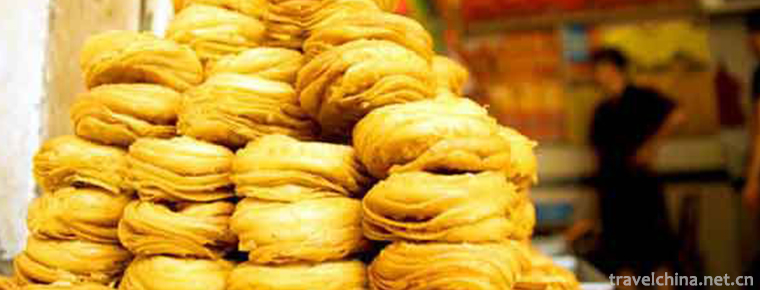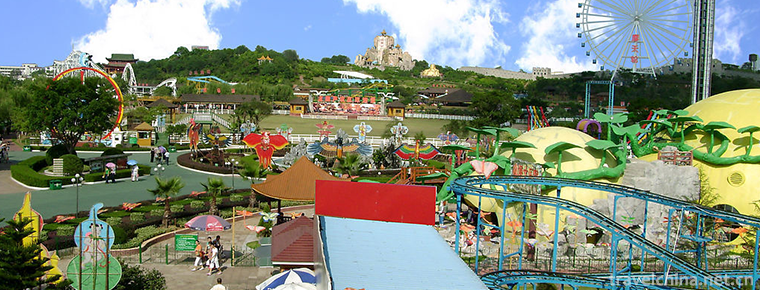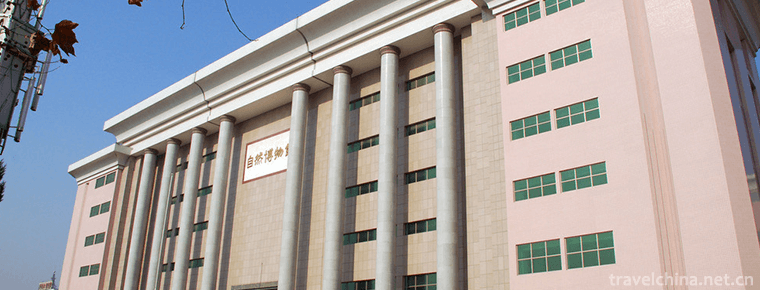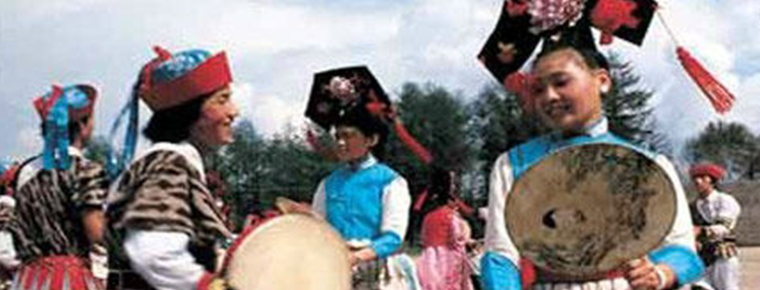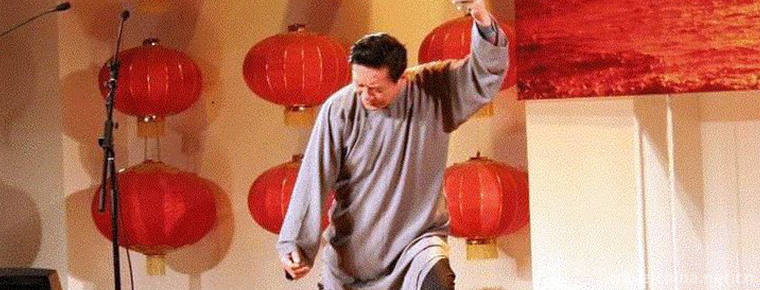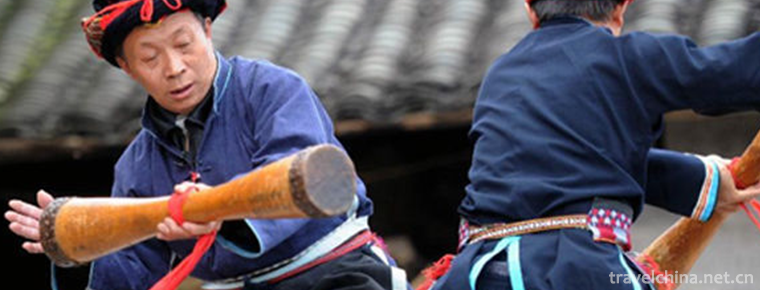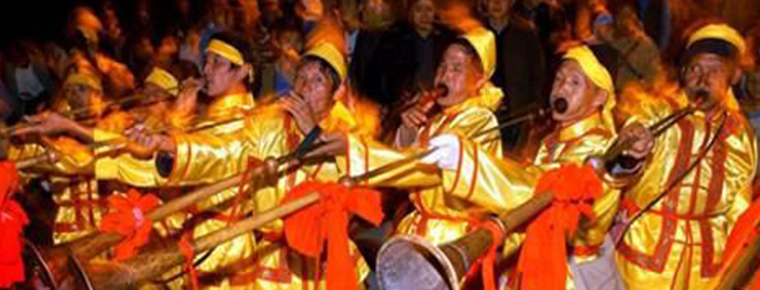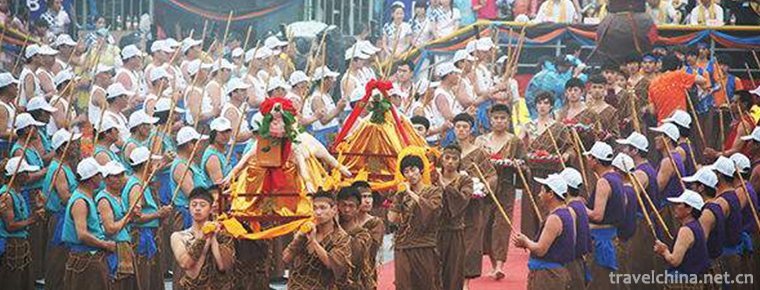Ceramic Firing Techniques of Dengfeng Kiln
Ceramic Firing Techniques of Dengfeng Kiln
Dengfeng kiln ceramics firing technology is a National Intangible Cultural Heritage Representative project. Historical records began in the Tang Dynasty and flourished in the Song Dynasty. It is well documented in the historical materials of Yuanfeng Jiuyu Zhi, Porcelain History, Supplementary Ancient and Modern Porcelain Origin, Ming Dynasty Henan Tongzhi, Qing Dynasty Taoshuo and Chinese Ceramics. The "Shenqian" of Dengfeng Kiln is connected with the mountain and water of Jun Porcelain, and its firing techniques reflect each other. Its products are in the shape of bowls, plates, bottles, pots, pots, pots, cupholders, cups, pillows, elephant animals and terracotta maids. The process of firing technology includes selection of raw materials, glaze processing, mud drilling, shaping, cosmetics, decoration, glazing, installation and firing, etc. The whole process of wet billet operation, one firing. The firing technique is characterized by distinct features, small or large shapes, with white porcelain as the main part and Pearl floral marking as the typical representative; the glaze is white, pure and bright; the decorative techniques are various, including traditional techniques such as delineation, delineation, mosaic and soft strokes. The finished product has a strong stereoscopic sense, and has important values of history, folklore, art, aesthetics, economy and so on.


-
Anhui rescue
Anhui rescue Great rescue is a traditional feature of Shouxian County in Anhui Province, which has a history of more than 1000 years..
Views: 210 Time 2018-11-27 -
Hulu Mountain Villa Tourist Scenic Area
Huludao Mountain Resort is located on the Bohai coast in the northeast of Huludao City, Liaoning Province. The rich and colorful Huludao Mountain Resort is located in Huludao City.
Views: 165 Time 2019-01-16 -
Shandong Tianyu Natural Museum
Shandong Tianyu Natural Museum is located in the western section of Lianhuashan Road, Pingyi County, Linyi City, Shandong Province. It is the largest natural geological museum and the largest dinosaur.
Views: 262 Time 2019-02-08 -
Manchu speaking Department
Manchu Folk Talk Department refers to a long prose narrative literature created and preached by Manchu folk artists, which aims to reflect the war life and emotional world of the Manchu people in hist.
Views: 125 Time 2019-05-19 -
Pingyao Pushing Lacquerware Decoration Techniques
Pingyao polishing lacquerware decoration technology originated in Pingyao County, central Shanxi Province, and spread to the vast northern region. Lacquerware made with this technique has been well kn.
Views: 141 Time 2019-06-09 -
Shandong Express Book
Shandong Quick Book, originating from Shandong Province's local traditional folk art form, has a history of more than 100 years. It was first popular in Shandong, North China and Northeast China, and .
Views: 168 Time 2019-06-13 -
Long Drum Dance of Yao Nationality
Chinese Yao folk dance. Popular in Guangdong, Guangxi, Hunan and other provinces where Yao people live together, most of them perform on traditional Yao festivals, harvest celebrations, relocation or .
Views: 208 Time 2019-07-11 -
Gelao Maolong Festival
"Gelao Maolong" is a form of folk worship handed down from generation to generation by Shiqiao Gelao people. It mainly spreads in the Ming and Longfeng villages of Longjing and Tangshan town.
Views: 133 Time 2019-07-13 -
Fishermens Opening and Xieyang Festival
Fishermen's opening and Xieyang Festival is a special folk activity in coastal areas of China. It is mainly spread in Xiangshan County, Daishan County, Rongcheng City, Rizhao City and Jimo City in Zhe.
Views: 278 Time 2019-07-14 -
University of International Relations
University of International Relations (University of International Relations), referred to as "Guo Guan", is located in the western suburb of Beijing. Ministry of Education of the People's R.
Views: 382 Time 2019-09-22 -
Mount sanshen
The three sacred mountains in Yading, Daocheng, are composed of three snow peaks, xiannairi, yangmaiyong and xianodoji, representing respectively Guanyin Bodhisattva, Manjusri Bodhisattva and Vajrayana Bodhisattva..
Views: 208 Time 2020-10-13 -
Meishan scenic spot
Meishan has a long history and culture and many cultural relics. Meishan County, where the municipal government is located, has a history of 1505 years. It is a famous town of Sansu culture. There are 2 provincial cultural relics protection unit.
Views: 339 Time 2020-12-18
